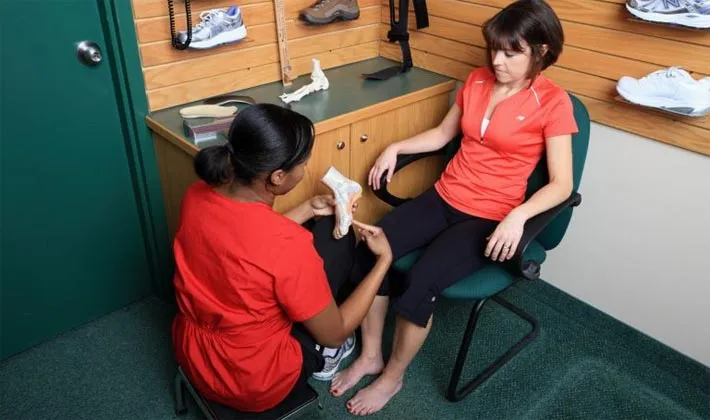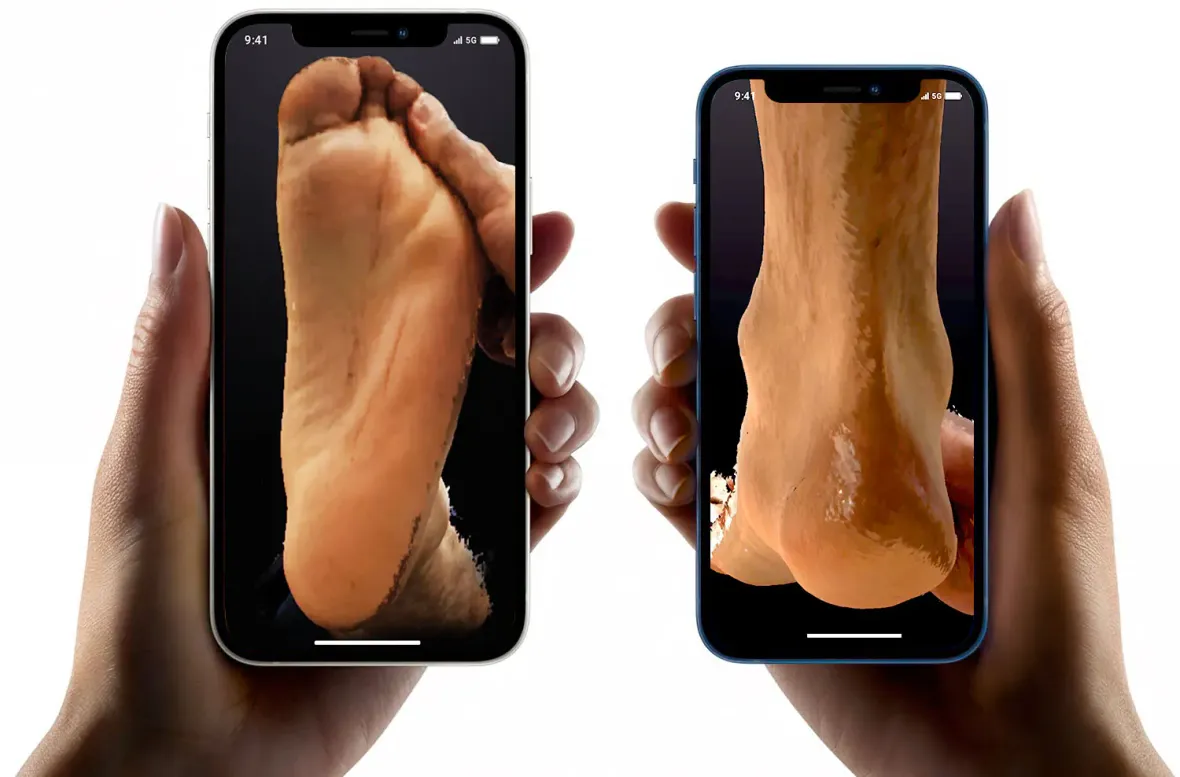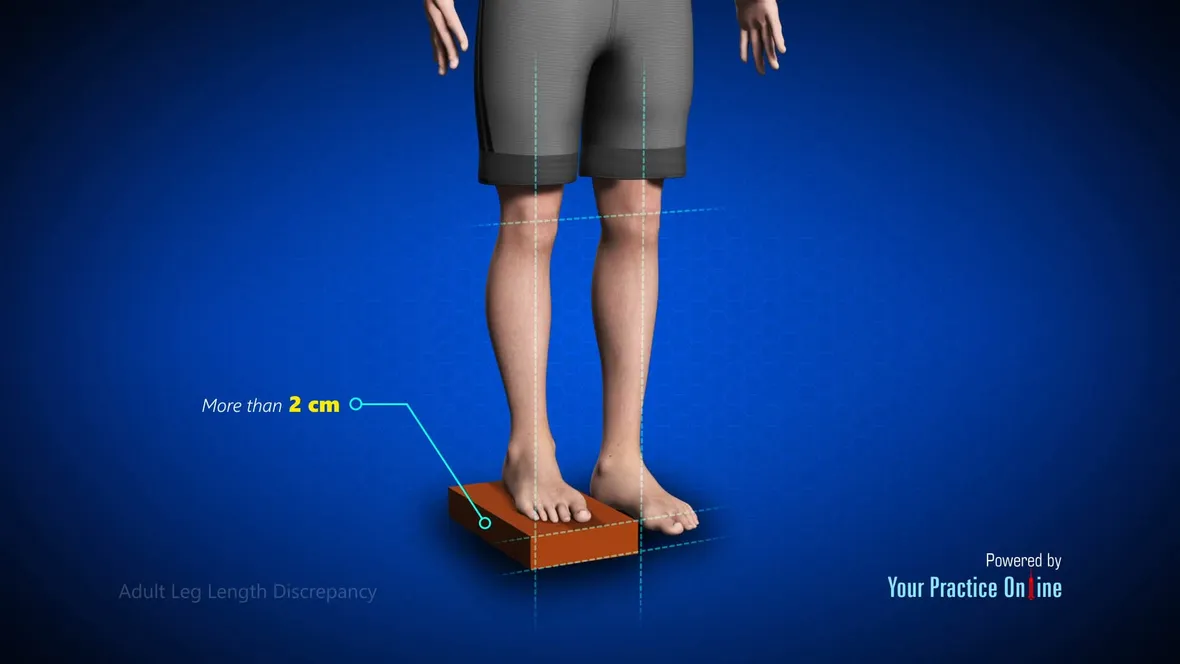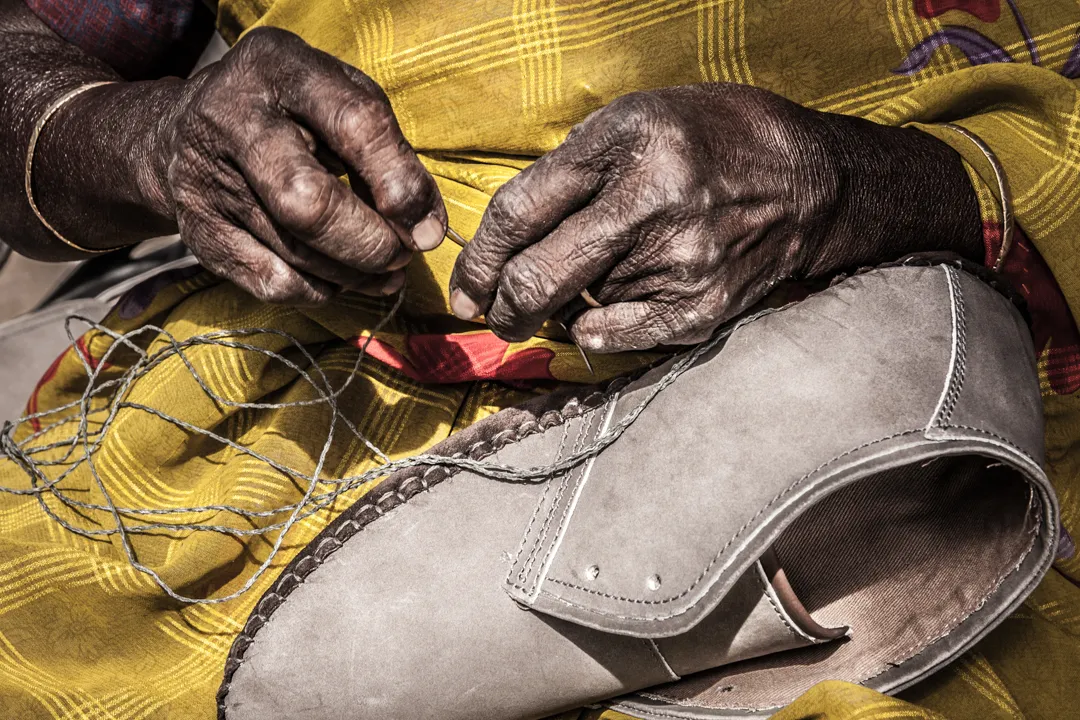Pedorthic Evaluations
A pedorthic evaluation is a clinical assessment conducted by a pedorthist, a healthcare professional specializing in the use of footwear and supportive devices to address conditions affecting the feet and lower limbs. Here's a concise summary:
Summary of Pedorthic Evaluations
Purpose:
To assess the biomechanics, alignment, and functional condition of the lower extremities (especially the feet) to determine appropriate orthotic, footwear, or modification needs.
Key Components of the Evaluation
-
Patient History
-
Medical history (diabetes, arthritis, injuries)
-
History of foot pain, surgeries, or deformities
-
Activity level and occupational demands
-
Visual and Physical Examination
-
Foot structure and posture (flat feet, high arches, deformities)
-
Skin condition (calluses, ulcers, pressure points)
-
Gait analysis (walking pattern, weight distribution)
-
Range of motion and joint flexibility
-
Muscle strength and tone
-
Footwear Assessment
-
Measurements and Imaging (if needed)
Outcome of the Evaluation
If you need a detailed template for a clinical report or want to tailor it for a specific condition (e.g., diabetes, plantar fasciitis, etc.), our pedorthists can provide that as well.
Orthotic Modifications
Summary of Pedorthic Orthotic Modifications
Pedorthic orthotic modifications are adjustments made to foot orthoses (shoe inserts) to improve foot function, reduce pain, accommodate deformities, and enhance mobility. These modifications are tailored to the patient’s foot structure, biomechanics, and pathology. Here's a concise overview:
1. Functional Modifications
These aim to control abnormal motion or enhance alignment:
-
Medial/Lateral Wedges: Tilt the heel or forefoot to control pronation or supination.
-
Heel Posts: Provide rearfoot control, stabilizing the heel during gait.
-
Forefoot Posts: Adjust forefoot alignment to promote more efficient push-off.
-
Arch Fill/Support: Enhances medial longitudinal arch support to manage overpronation.
2. Accommodative Modifications
These aim to relieve pressure or cushion sensitive areas:
-
Metatarsal Pads/Bars: Offload pressure from metatarsal heads; useful in metatarsalgia or neuromas.
-
Cut-outs: Remove material in high-pressure zones (e.g., ulcers, calluses).
-
Heel Cushions: Provide shock absorption and relieve plantar heel pain.
-
Soft Top Covers: Improve comfort for sensitive or diabetic feet.
3. Offloading Modifications
Reduce weight-bearing on injured or painful areas:
-
Morton’s Extension: Extends under the 1st ray to limit motion in hallux limitus or rigidus.
-
Reverse Morton’s Extension: Offloads the 1st metatarsal and encourages pronation.
-
UCBL Device (University of California Biomechanics Laboratory): Deep heel cup and arch support to control foot motion.
4. Common Pathologies Addressed
-
Plantar fasciitis
-
Diabetic foot ulcers
-
Hallux valgus/rigidus
-
Flatfoot or high arches
-
Arthritis
-
Limb length discrepancy
Shoe Modifications and Repair
1. Shoe Modifications (Adjunct to Orthoses)
When in-shoe orthoses are not sufficient:
-
Rocker Soles: Reduce forefoot pressure and aid in toe-off.
-
Heel Lifts: Address leg length discrepancies.
-
Flared Outsoles: Increase stability.
-
Medial/Lateral Buttresses: Improve support for severe deformities.
2. Common Pathologies Addressed
-
Plantar fasciitis
-
Diabetic foot ulcers
-
Hallux valgus/rigidus
-
Flatfoot or high arches
-
Arthritis
-
Limb length discrepancy



